As consumer buying behaviors change quickly during and post-pandemic, the payments world is also going through significant changes.
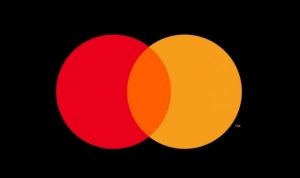
While contactless payments were very slowly gaining traction, particularly in the US, COVID-19 risk factors have forced consumers to change how they pay. In fact, Mastercard reports 51% of US consumers now use some form of contactless payments. Globally, contactless payment use is even higher at nearly eight in ten (79%) using it, with particularly larger use at grocery and drug stores in February and March.
The research showed a 40% increase in contactless transactions in February and March with 80% of transactions under $25, a payment level usually reserved for cash. In March, Mastercard increased contactless payment limits in more than 50 countries to help consumers, merchants, and small businesses.
Mastercard’s research showed concern for safety and cleanliness as primary reasons for “accelerated and sustained contactless adoption” in 19 countries surveyed. 82% of consumers said contactless was a cleaner way to pay in addition to being up to 10 times faster something can leave a store more quickly.
“Social distancing does not just concern people’s interactions with each other; it includes contact with publicly shared devices like point of sale terminals and checkout counters,” said Blake Rosenthal, Executive Vice President and Head of Mastercard Acceptance Solutions. “Contactless offer consumers a safer, cleaner way to pay, speed at checkout, and more control over physical proximity at this critical time.”
Cash withdrawals drop in UK
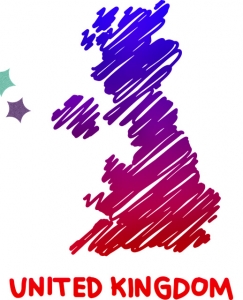
Another sign of lower reliance on cash is a 60% drop in cash withdrawals from ATMs in the UK although average withdrawals grew 25% to $94 (£82) according to the BBC. The 20% of the population that still depends on cash may struggle in the short term.
Eleven million withdrawals are still made weekly according to Link, which oversees the UK’s cash machine network. That amounts to an estimated $1.26 billion (£1 billion).
Links survey of UK consumers showed 75% of people were using less cash, and 54% said they were avoiding cash.
The US Consumer Choice in Payments Coalition (CCPC) which advocates for underserved consumers and the right to pay cash and retail stores, says science shows there is no greater infection risk in handling cash than cards, payments terminals, or mobile phones.
Alternate payment options growing
Other payment options are also growing as merchants seek to minimize e-commerce checkout friction and maximize easier consumer purchasing.
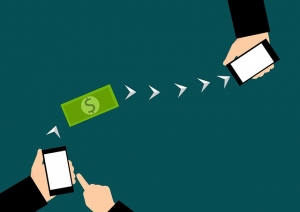
Three billion smartphones in the world today have near field communication (NFC) technology, capable of contactless payments made when the user holds the smartphone a reader device. This “tap n’ go” feature is simple, secure, and in countries like China it’s used by more than 80% of smartphone users.
“Proximity mobile payment users in China grew by 10.0% in 2019 to reach 577.4 million (by far the largest in the world). While 81.1% of smartphone users use proximity mobile payments, penetration is much lower (49.6%) among the overall population, meaning this market still has room for further growth,” according to a report by eMarketer.
Statista earlier estimated 69.4 million Americans will use NFC or other contactless technology in 2020 although COVID-19 could help accelerate the use of NFC/payments in the US.
Local payment preferences key

“COVID-19 has signaled a paradigm shift towards online shopping as the new normal, even for cash-based shoppers and older generations. Shoppers heavily impacted by unemployment and the job market will be timid to increase spending outside of essential goods. Digital payment methods have become the standard that retailers will need to abide by,” says Steve Villegas, PPRO VP Payment Partnerships, North America.
“As well, we will see a rise in new local payment methods built around 2020 changes in global commerce and consumer needs. COVID-19 will drive consumers to look outside their immediate country for goods and services. Factors include price-point, socio-economic factors, quality, and availability of product/service,” he says.
“Those who don’t offer these options will struggle for consumer adoption. In certain regions, Bank transfers and e-wallets will become even more vital payment methods for cross-border e-commerce, while cash methods have become harder to implement due to social distancing,” Villegas adds.
Paysafe perspective on alternate payments

Danny Chazonoff, COO of Paysafe, has written an excellent guide to alternate payments. He Expects to see growth in P2P transfers or payments using digital wallets. “The safest way to transfer money to each other is to make P2P payments using digital wallets, which have user-friendly deposit and withdrawal methods linked to a bank account. It also doesn’t rely on sharing financial details; in many cases, such as when using Skrill, only the recipient’s email address is required to make a transfer.”
Apple Pay and Google Pay could also see increased growth because of their smooth and seamless customer experience. “It’s not just a faster checkout – all devices are supported, meaning customers can check out from a desktop, laptop, tablet, or smartphone,” Chazonoff says. They also have the edited advantage of transactions using authentication, monitoring, and data encryption to secure your personal information.
eCash is another option for cash customers, allowing a card to be talked up with cash payments and then used for digital transactions. “The most effective way for online businesses to accept cash is by incorporating an eCash solution into an online checkout. This can be done by enabling a customer to pay for a product or service using a prepaid account topped up by cash, or by allowing a consumer to make a purchase using an online platform which can be completed at a physical pay point such as supermarket,” Chazonoff adds.
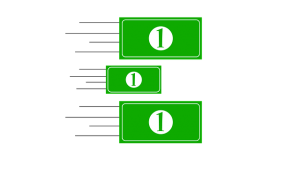
Remittances also remain a factor for sending money overseas. Services like Skrill Money Transfer are designed to help ex-pats and people living overseas to send money home to their families more securely, more efficiently, and at a lower cost than traditional bank transfers which also require both sender and recipient to have bank accounts.
Amazon recently launched its Pay Later feature for account holders in India. The service has proven popular and lets customers make a mobile purchase and receive instant approval to pay for an item over three to 12 months. Expect to see new fintech and payment innovations arise in the near future.
Just as contactless deliveries have become the new normal, alternate payments are accelerating during the coronavirus crisis and are likely to be the new post-pandemic reality for business and consumers alike.

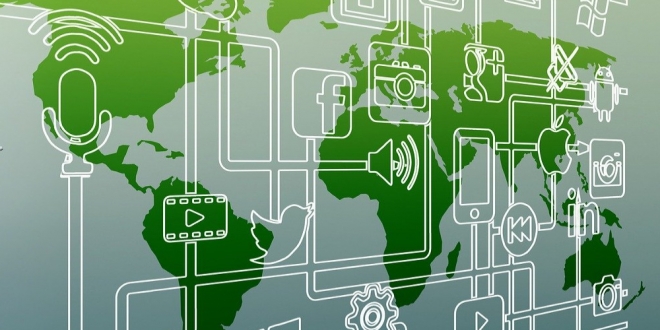






LET’S CONNECT